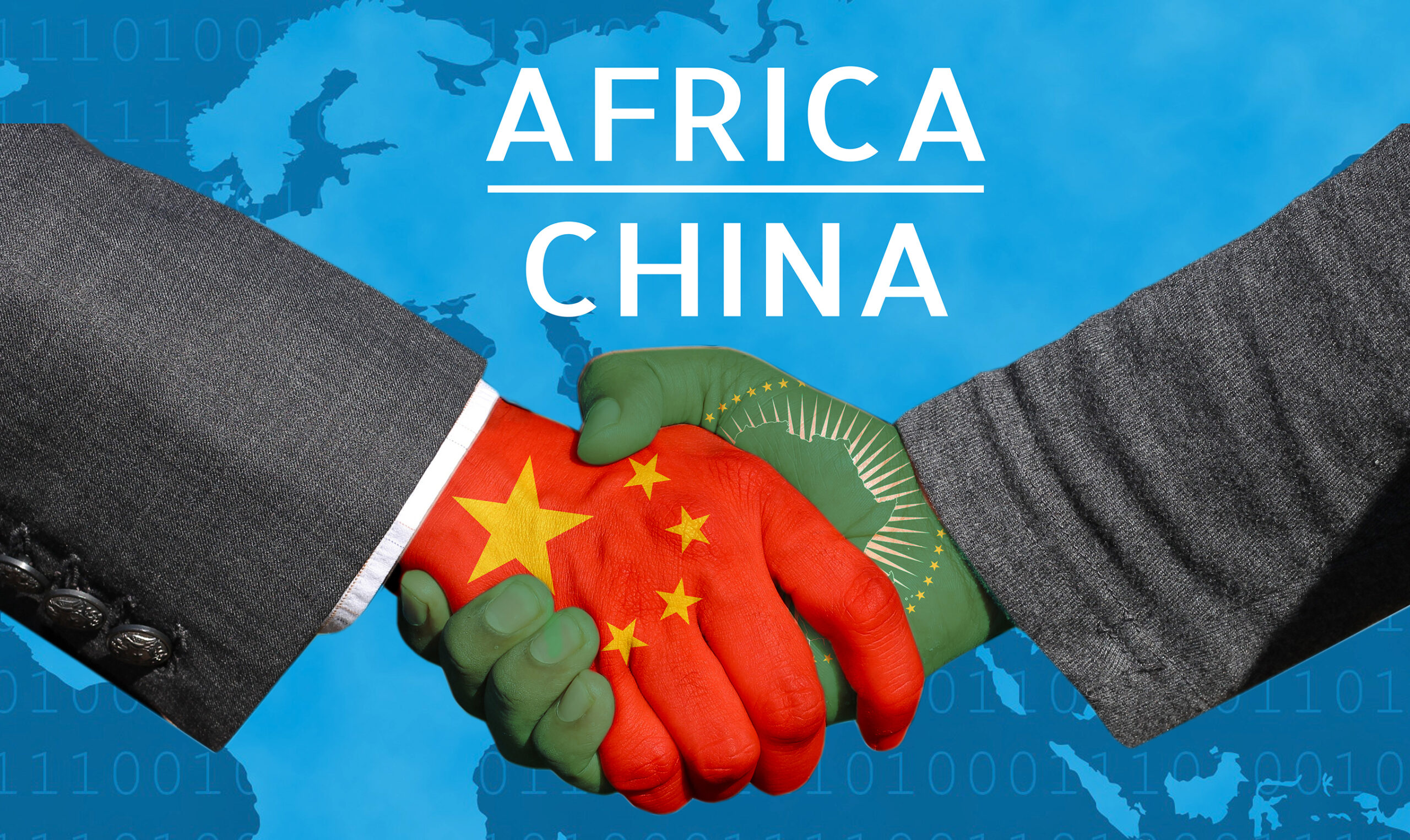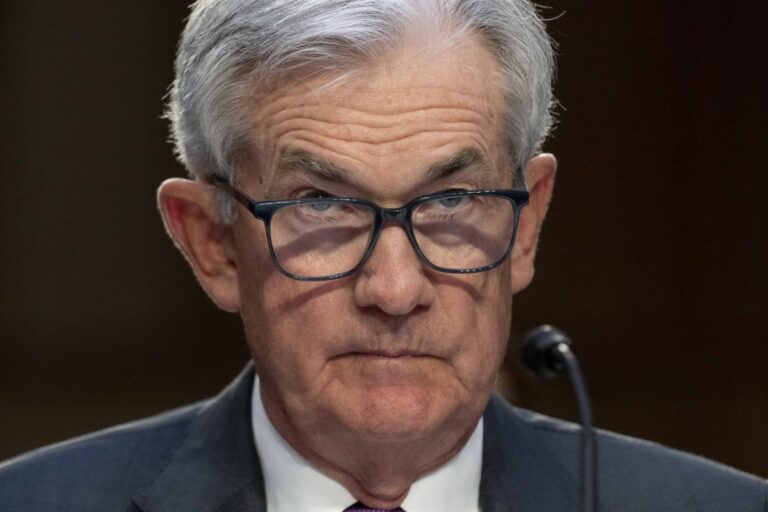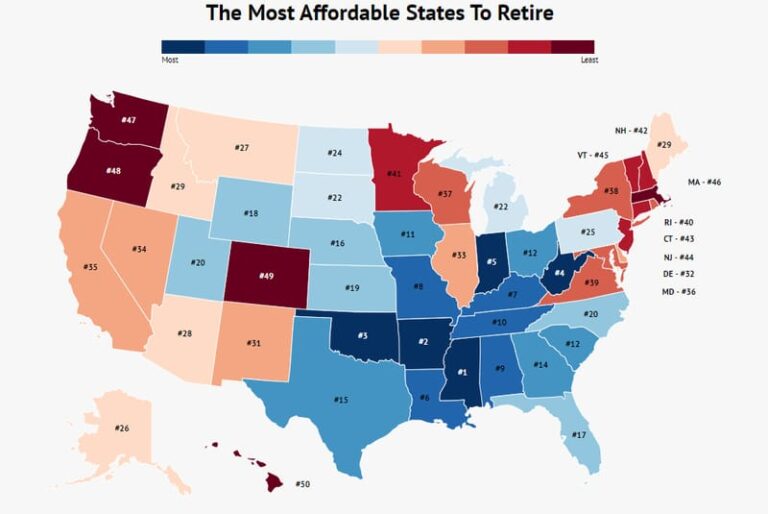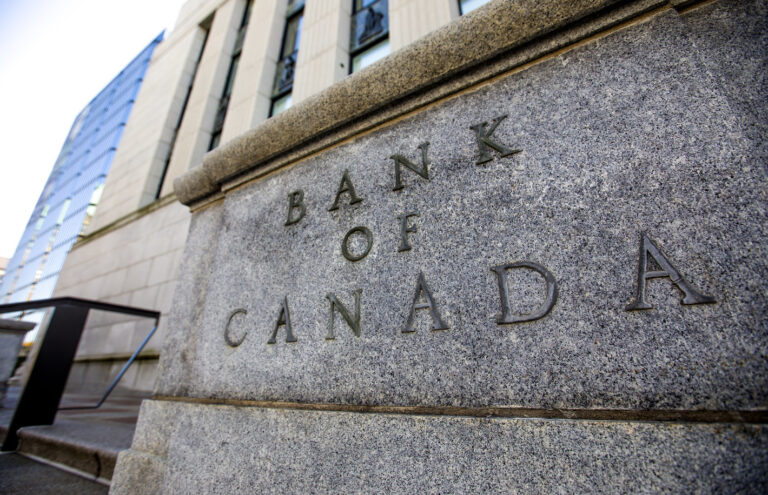China’s Investment in Africa: Is it Free Lunch or Africa is the Lunch?
Africa is the new frontier of the fourth industrial revolution. Rapidly urbanizing, with an influx of rural migrants moving into cities, the continent is seeing significant challenges but also considerable rewards for countries willing to invest in it. China has heeded Africa’s call like no other nation, investing billions in infrastructure building projects all over the continent.
Africa’s current 1.1 billion population is expected to double by 2050, with 80% of this increase occurring in urban areas, bringing the total number of people living in urban areas on the continent to more than 1.3 billion. Lagos’s population alone is increasing by 77 people every hour.
Africa was just named the second-fastest growing continent in the world by the IMF, and many believe it is well on its way to becoming a $5 trillion economy, given that family consumption is anticipated to grow by 3.8 percent annually to $2.1 trillion by 2025. Comparisons to China in the 1990s no longer seem like bold predictions as the world’s focus is shifting to Africa.
China has also emerged as a critical factor in Africa’s urbanization effort, with Chinese firms financially supporting a significant portion of the infrastructure projects on the continent.
Currently, it is safe to assume that Chinese engineers and builders are responsible for every significant project in an African city that is higher than three stories or roads that extend for more than three kilometers. It’s ubiquitous.
This raises the question: is China’s investment in Africa a free lunch? Or is Africa the lunch?
What is China Upto in Africa?
China is investing in Africa to help African nations build reliable infrastructure and to put the continent on the map of the world’s economy. These African nations require it to maintain economic growth and integrate into the world economy.
The largest barrier to Africa’s development, according to Chinese President Xi Jinping, is reportedly a lack of infrastructure. The African Development Bank estimates that the continent is falling $68–108 billion short of the $130–170 billion it would need to meet its infrastructure needs a year. China is the next country to reach deep into the continent’s heart with railroads, highways, and airports, bridging the infrastructure gap that has plagued Africa for many generations. Africa is in dire need of infrastructure, which China is best positioned to give.
But there are also ulterior motives at play.
Critics say China is investing in Africa to exploit its natural resources and labor force. They point to the fact that China is the world’s largest importer of African oil and now accused of using “slave labor” to build its projects in Africa.
“At the turn of the century, Europeans constructed infrastructure in Africa, allegedly for native economic growth, but in reality, the projects were employed for resource extraction.” wrote Xiaochen Su in The Diplomat. “Today, China is doing something similar.”
The response is distinct below the surface. China is investing in Africa to increase its political and diplomatic clout, as has been the case in Southeast Asia.
Ted Bauman, a senior research analyst and economist at Banyan Hill Publishing, claims that the majority of these projects are created to bind African nations into a long-term political and diplomatic relationship with China rather than to generate revenue, despite the fact that they are financed with Chinese loans and constructed with Chinese contractors and labor.
For example, China might utilize diplomatic ties to win Africa’s support on sensitive U.N. topics like Taiwan and the South China Sea.
Are China’s Projects in Africa Viable?
According to Bauman, the viability of these programs for African nations hinges on whether or not the underlying presumptions are accurate. For instance, China contributed to and constructed a $3.6 billion rail improvement in Kenya between Nairobi and Mombasa. In this instance, performance has exceeded expectations in terms of both passenger and freight volumes, and it is likely to substantially impact Kenya’s ascent to the top spot among East African economies.
Then again, it might be the exception rather than the rule. According to Bauman, ” most Chinese investments are concentrated in Nigeria and Angola, are highly correlated with their respective oil industries, and are accompanied by the commercial investment by Chinese corporations.”
Less than 30% of the total Chinese government investment in these countries goes toward energy projects, but 60% of the total Chinese commercial investment goes toward energy companies owned by Chinese corporations.
20% of China’s cotton comes from Africa. Africa has roughly half of the world’s manganese reserves, a necessary component for making steel. At the same time, the Democratic Republic of the Congo alone is home to half of the planet’s cobalt.
A substantial portion of the world’s known supply of carbonatites, a rock formation that is the primary source of rare earth, is also found in Africa, along with sizeable amounts of coltan, which is required for electronics.
However, there is a widespread misunderstanding that Beijing supports all Chinese ventures in Africa. Chinese SOEs are frequently engaged in solely commercial initiatives in Africa that are unrelated to their government’s goals. This is because the two often and inescapably intersect, and it can be challenging to distinguish between China’s strategic and commercial objectives in Africa.
Beijing’s top priorities are the globalization of Chinese I.T. and construction corporations and the development of infrastructure for the better extraction and sale of African resources. Therefore, even while Beijing may not always be in charge of the infrastructure development on the ground, it ultimately serves China’s larger geo-economic objectives.
What About the Debt Trap?
Looking at Africa, we find numerous nations pursuing their aspirations of a more prosperous future while burying themselves under mountains of infrastructure-related debt that they may be unable to pay off.
This is the so-called “debt trap,” a legitimate concern. The $4 Addis Ababa-Djibouti Railway cost Ethiopia nearly a quarter of its 2016 budget. Nigeria had to renegotiate the contract terms with their Chinese contractor due to their failure to pay. Kenya’s 80% Chinese-financed railway from Mombasa to Nairobi has already gone four times over budget, costing the nation upwards of 6% of its GDP.
Between 2000 and 2018, China loaned around $148 billion to Africa, most of which went toward massive infrastructure projects. Approximately 66 percent of the loan amount was allocated to the transportation and energy sectors five years ago. In 2010, the Chinese financial institutions invested an average of $180 million in 70 projects in Africa per year. However, by 2016, that number had risen to an average of $780 million invested in 140 projects per year.
At the same time, according to the Center for Global Development, eight African countries are now at high risk of debt distress, and a further five are at moderate risk. These nations include Nigeria, Kenya, Algeria, Zambia, Angola, Egypt, Mozambique, Sudan (oil and gas), and Ghana.
China is a primary bilateral lender in 32 nations in Africa and the largest lender overall.
It is difficult to ascertain the exact number of countries in Africa that have fallen into debt traps with China, as some nations are more forthcoming about the terms of their loans than others.
What is certain, however, is that this problem is not going away anytime soon and that it will have severe implications for the future of Africa’s development.
According to reports, China has a history of making aggressive loans with unfairly favorable conditions for the Chinese government. According to Cadtm, a leaked copy of the contract between Kenya and China for the construction of the Mombasa-Nairobi Standard Gauge railway mega-project reveals if the National Railway Corporation defaults on the payment of $ 2.27 billion, the country could lose control of the Mombasa port to the Chinese government.
This is not an isolated incident.
In 2009, China Merchants Port Holdings Company forced the Sri Lankan government to hand over control of the Hambantota Port after defaulting on loans.
Several organizations accuse the Chinese government of using “debt-trap diplomacy” to gain control of strategic assets in other countries, such as Sri Lanka, the Philippines, and Djibouti.
“Debt-trap diplomacy” is a term used to describe the practice of lending money to countries to force them to surrender control of strategic assets when they cannot repay the debt.
As a result, some analysts warn about debt traps, and others have even compared what China is doing to a new type of colonialism.
Conclusion
Despite the drawbacks of Chinese investment in Africa, these problems are being actively addressed through organizational and regulatory changes. The state of Chinese commercial relations can be impacted by the conclusions of international organizations like the U.N. and WHO. Chinese investment initiatives are now more transparent and known internationally, particularly to the WHO influence and the Ease of Doing Business Index. African countries are now aware of the need for more robust regulatory controls to fight corruption.
Additionally, to balance out Chinese diplomatic power, countries like Nigeria and South Africa have ratified agreements from the U.S. and E.U. China has worked to enhance its reputation by increasing procedural transparency and establishing NGOs across Africa.
Chinese financial support and investment in Africa will play a crucial role in aiding the international community in eradicating global poverty with focused reforms and open diplomatic discourse. Despite its uncertainty, Chinese investment in Africa has unquestionably benefited ordinary Africans. It will take a coordinated effort by international institutions and accountability mechanisms to ensure that Chinese activities undergo mediation.






